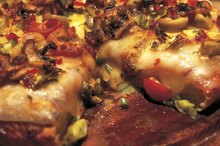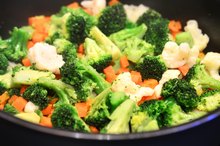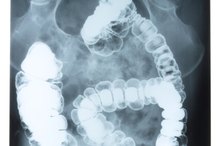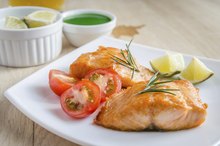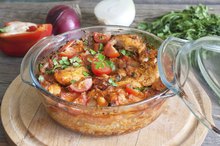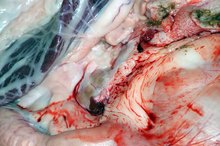What Is a Good Diet for Ulcerative Colitis?
Ulcerative colitis (UC) falls under the umbrella of inflammatory bowel disease (IBD). This gastrointestinal disease affects the colon and rectum, where ulcers and inflammation cause abdominal discomfort and bloody diarrhea. Medication can help manage the disease and dietary changes can make a significant impact on managing symptoms.
Identify Your Problem Foods
Controlling symptoms and extending the time between flareups of the disease can be possible with dietary changes. While there’s no exact link between specific foods causing IBD, certain foods tend to exacerbate your symptoms. This may vary from patient to patient. Keeping a food journal and tracking your symptoms and any link to specific food items can help you to identify what to eliminate from your diet.
Adding Soluble Fiber to Your Diet
Foods to Avoid When You Have C. Difficile
Learn More
UC affects the large intestine where watery food residues are normally reabsorbed. Because your large intestine does not function correctly, this “recycling” of liquids does not take place, resulting in diarrhea, which is often severe. It may seem unwise to add fiber to your diet when you are already experiencing loose stools; however, adding certain high-fiber foods can help to absorb the excess liquids in your large intestine. Soluble fiber is often found in starchy foods, as opposed to raw leafy vegetables and or whole grains, and can help to soothe and regulate your GI (gastrointestinal) tract. Soluble fiber works in the colon by absorbing excess liquids and bulking up the stool. Foods rich in soluble fiber include flour tortillas, rice, pasta, white breads, oatmeal, barley, quinoa, corn meal, soy, rice cereal, potatoes, sweet potatoes, yams, carrots, rutabagas, squash, papaya, mango and bananas.
Following a "Low Residue" Diet
Soluble fiber and foods that stimulate the intestinal tract can increase gas and irritate your GI tract, making your symptoms more severe. Foods like beans, raw broccoli, raw cauliflower, popcorn, raw fruits, cabbage and Brussels sprouts should be minimized or avoided. A “low residue” diet means minimizing foods, like raw veggies, seeds, corn and nuts. This adds residue to the stool and has a “scraping” quality in the colon. Avoiding substances which stimulate and irritate your GI tract, like alcohol, caffeine or sodas, can be helpful in symptom management.
Eat More Frequently
Foods to Avoid for Colitis Sufferers
Learn More
Eating smaller, more frequent meals is often helpful in regulating bowel movements and soothing the entire intestinal tract. This helps to alleviate the pain and cramping often experienced after eating. Five to six small meals--as opposed to three large meals--can ease digestion. Minimizing your fat intake and reducing the amount of fried or greasy foods can also help to reduce and manage your symptoms because fat stimulates the GI system and often causes gas and diarrhea.
Nutritional Therapy
The Crohn’s and Colitis Foundation of America herald the growing movement of eating to help your gut heal itself as a promising frontier in the treatment of IBD. Supplementing your diet with flaxseed or fish oil can be useful in lessening inflammation. Omega-3 fatty acids are being researched as nutritional therapy because they have anti-inflammatory properties and help to promote healing and assist in symptom management. Probiotics (like lactobacillus or acidophilus) work within your intestine to help restore balance and help promote intestinal healing.
Related Articles
References
Resources
Writer Bio
Caryn Anderson combines extensive behind-the-scenes writing experience with her passion for all things food, fashion, garden and travel. Bitten by the travel bug at the age of 15 after a trip to Europe, Anderson fostered her love of style and fashion while living in New York City and earning her degree at New York University.

